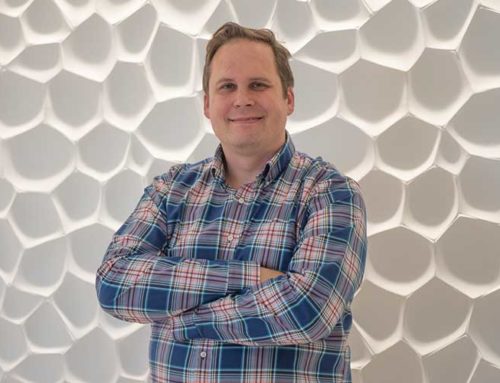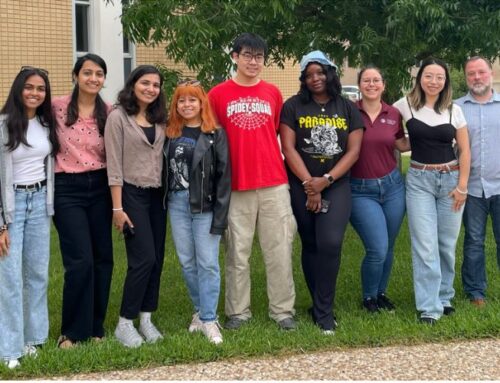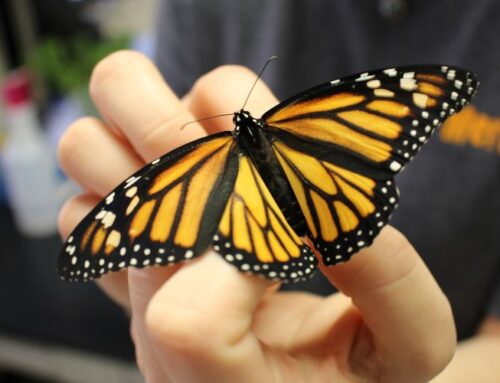Rewiring Hope: Dr. Jennifer Dulin’s Research Brings New Possibilities for Spinal Cord Injury Recovery
By: TAMU Biology
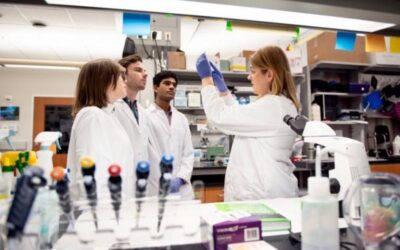 In the face of spinal cord injuries, which often lead to permanent disability and limited treatment options, Dr. Jennifer Dulin is pioneering a bold and hopeful path forward. At Texas A&M University’s Department of Biology, her lab focuses on reconstructing damaged neural circuits-essentially helping the body heal what was once thought to be irreparable.
In the face of spinal cord injuries, which often lead to permanent disability and limited treatment options, Dr. Jennifer Dulin is pioneering a bold and hopeful path forward. At Texas A&M University’s Department of Biology, her lab focuses on reconstructing damaged neural circuits-essentially helping the body heal what was once thought to be irreparable.
Dr. Dulin’s research explores the cellular and molecular mechanisms behind spinal cord regeneration. Her team explores how specific cell types—like neurons and glial cells—respond to spinal cord injury, and how manipulating their molecular signals can promote regeneration. They investigate how to encourage axon growth, prevent scar formation, and integrate transplanted cells into damaged neural networks. By targeting these processes, they aim to restore communication between the brain and body that is often severed after injury. By understanding how nerve cells grow, connect, and function after injury, her team works to develop therapies that could one day restore movement and sensation for people living with paralysis.
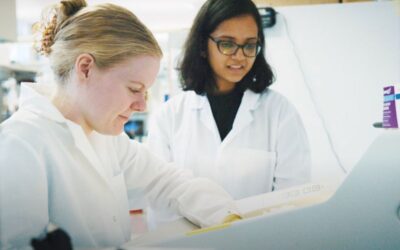 “There is very little that doctors can do to treat a spinal cord injury, so people living with SCI are typically faced with a lifetime of paralysis, sensory and organ dysfunction, and a huge loss of independence,” says Dr. Dulin, “Our lab’s goal is to understand how to put new neural tissue into the injured spinal cord in such a way that it will help restore the neural networks that control hand function and walking. Beyond that, we are also very interested in investigating understudied consequences of SCI including pain and infertility. To a person who is living with an SCI, quality of life means so much more than walking again – it means regaining normalcy and independence”
“There is very little that doctors can do to treat a spinal cord injury, so people living with SCI are typically faced with a lifetime of paralysis, sensory and organ dysfunction, and a huge loss of independence,” says Dr. Dulin, “Our lab’s goal is to understand how to put new neural tissue into the injured spinal cord in such a way that it will help restore the neural networks that control hand function and walking. Beyond that, we are also very interested in investigating understudied consequences of SCI including pain and infertility. To a person who is living with an SCI, quality of life means so much more than walking again – it means regaining normalcy and independence”
Her approach blends cutting-edge science with human-centered purpose. Instead of only managing symptoms, Dr. Dulin’s work is focused on repair—on reestablishing lost neural communication. That could transform lives by returning independence and mobility to individuals with spinal injuries.
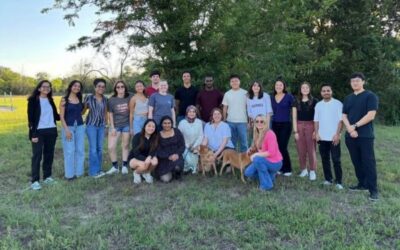 Why It Matters
Why It Matters
The impact of spinal cord injuries extends far beyond the hospital room, often resulting in a lifetime of physical limitations, emotional challenges, and significant healthcare costs. Dr. Dulin’s research helps lay the scientific groundwork for recovery strategies that not only restore function but also improve quality of life.
With every experiment, Dr. Dulin’s lab moves closer to a future where spinal cord injury doesn’t mean a lifetime of limits—but one of renewed potential.

